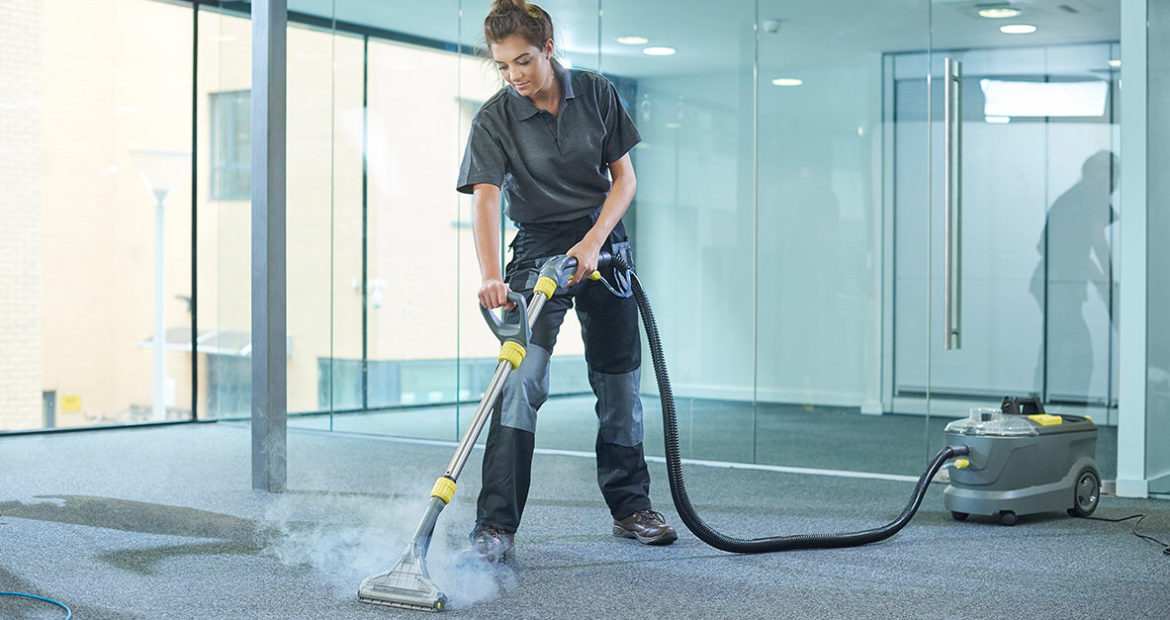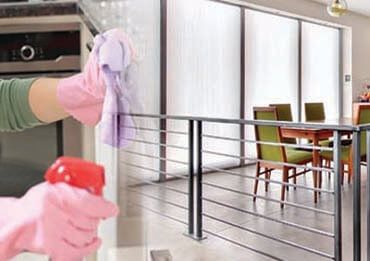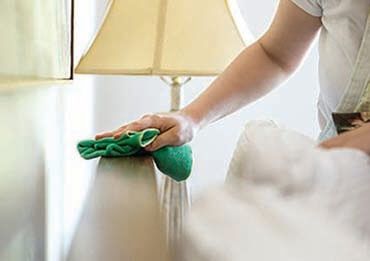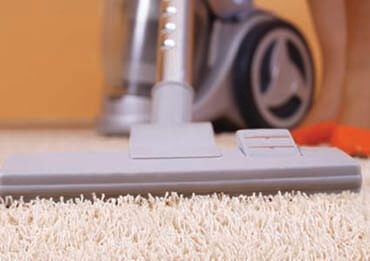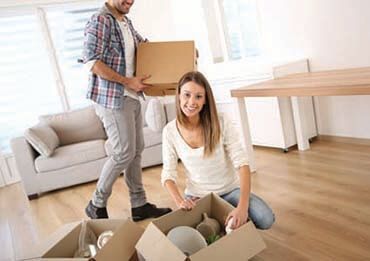Welcome to the Ultimate Tenant Guide: End of Lease Cleaning Rights and Responsibilities! If you are a tenant who is approaching the end of your lease, this guide is here to help you navigate the process of End of Lease Cleaning Melbourne. We understand that moving out can be a stressful time, but with the right knowledge and preparation, you can ensure a smooth transition and protect your rights as a tenant.
In this guide, we will discuss everything you need to know about, including understanding your rights, fulfilling your responsibilities, cost considerations, and how to ensure your end of lease cleaning tenant rights are protected. Let’s dive in!
Understanding Exit Cleaning Melbourne:
A. Definition and Importance
End of lease cleaning refers to the thorough cleaning of a rental property before the tenant moves out. It is essential for tenants to leave the property in a clean and presentable condition to fulfil their contractual obligations and ensure a smooth transition for the next tenants. End of lease cleaning Hawthorn is important for maintaining good landlord-tenant relationships and avoiding potential disputes and financial penalties.
B. Tenant Rights
As a tenant, you have certain rights when it comes to end of lease cleaning. These rights may vary depending on your local laws and the terms of your lease agreement. Understanding your rights is crucial to ensure you are not unfairly burdened with excessive cleaning obligations. Some common tenant rights regarding exit cleaning Melbourne include:
- Clear guidelines: Your lease agreement of cleaning end of lease should clearly outline the cleaning requirements expected of you upon moving out. Make sure to review and understand these requirements.
- Reasonable expectations: Your landlord cannot require you to return the property in a better condition than when you first moved in. Normal wear and tear should be expected and accepted.
- Professional cleaning: In some cases, your lease agreement may require you to hire professional cleaners to ensure the property is adequately cleaned. However, the cost of professional cleaning end of lease should be reasonable and in line with local market rates.
II. Responsibilities and Requirements:
A. Cleaning Checklist:
To ensure you meet the cleaning requirements of your lease agreement, it is helpful to have a checklist. This checklist will guide you, ensuring you do not overlook important cleaning tasks. Although the specific end of lease cleaning requirements may vary, here is a general rental end of lease checklist:
- Kitchen:
– Clean all appliances, including the oven, stove, refrigerator, and dishwasher.
– Wipe down countertops and cabinets.
– Empty and clean all cupboards and drawers.
– Scrub the sink and remove any stains or buildup.
– Sweep and mop the floors.
- Bathroom(s):
– Clean the toilet, bathtub, shower, and sink.
– Remove any mould or mildew.
– Wipe down mirrors, countertops, and cabinets.
– Clean the exhaust fan.
– Sweep and mop the floors.
- Bedrooms and Living Areas:
– Dust all surfaces, including furniture, shelves, and baseboards.
– Vacuum or sweep the floors.
– Clean any windows, blinds, or curtains.
– Remove any cobwebs.
– Wipe down light fixtures and switch plates.
- Other Areas:
– Clean the entryway and hallway.
– Empty and clean any storage spaces, such as closets or garages.
– Remove any marks or scuffs from walls.
– Check and replace any missing or burnt-out light bulbs.
– Clean the windows and window sills.
It is essential to follow the cleaning checklist to ensure you meet the end of lease cleaning requirements agreement. Failing to do so may result in deductions from your security deposit or other potential consequences.
B. Common Cleaning Tasks:
When it comes to end of lease cleaning, there are several everyday cleaning tasks that tenants should be aware of. These tasks include:
- Dusting: Dust all surfaces, including furniture, shelves, and baseboards. Pay attention to hard-to-reach areas.
- Vacuuming: Vacuum all carpets, rugs, and upholstered furniture. Make sure to clean any pet hair or debris thoroughly.
- Mopping: Mop all hard floors, including kitchen and bathroom tiles. Use appropriate cleaning products for different types of flooring.
- Wiping: Use a damp cloth to wipe down surfaces such as countertops, cabinets, and appliances. Pay attention to areas prone to grease or stains.
- Bathroom Cleaning: Clean the toilet, bathtub, shower, and sink. Remove any mould or mildew and ensure that all surfaces are properly sanitised.
- Kitchen Cleaning: Clean all appliances, including the oven, stove, refrigerator, and dishwasher. Pay special attention to removing any food residue or stains.
C. What Does End of Lease Clean Include?
An end-of-lease clean generally includes thoroughly cleaning the entire rental property, both inside and outside. This includes cleaning all rooms, appliances, fixtures, and surfaces. The goal is to leave the property in the same condition it was when you first moved in, considering normal wear and tear. It is essential to refer to your lease agreement for specific requirements or contact your landlord or property manager for clarification.
III. Cost Considerations:
A. Hiring Professional Cleaners
One option for end-of-lease cleaning is to hire professional cleaners. Hiring professionals for end of lease cleaning Hawthorn services can save you time and ensure the cleaning is done to a high standard. Some benefits of hiring professional cleaners include:
- Expertise and Equipment: Professional cleaners have the knowledge, experience, and equipment necessary to clean a rental property thoroughly.
- Time-Saving: Moving out can be a busy and stressful time. Hiring professionals for End of Lease Cleaning Hawthorn allows you to focus on other aspects of the move while they take care of the cleaning.
- Peace of Mind: Professional cleaners understand the requirements of end-of-lease cleaning and can provide a guarantee of satisfaction. This can give you peace of mind and help prevent any disputes with your landlord.
The cost of hiring professional cleaners can vary depending on factors such as the size of the property, its condition, and your location. Obtaining quotes from multiple cleaning companies is advisable to ensure you are getting a fair price.
B. DIY Cleaning vs Professional Services
While hiring professional cleaners can be beneficial, some tenants may prefer to do the cleaning themselves. Here are some factors to consider when deciding between DIY cleaning and hiring professional services:
- Cost: DIY cleaning can save you money, as you won’t have to pay for professional services. However, it is important to factor in the cost of cleaning supplies and your time.
- Quality: Professional exit cleaning Melbourne cleaners have the expertise and equipment to achieve a high standard of cleaning. If you choose to do it yourself, ensure you have the necessary tools and knowledge to achieve the same level of cleanliness.
- Time and Effort: Cleaning a rental property thoroughly can be time-consuming and physically demanding. Consider whether you have the time and energy to complete the cleaning satisfactorily.
If you decide to do the cleaning yourself, follow the cleaning checklist and your landlord or lease agreement guidelines. Take your time and pay attention to detail to ensure you meet the required standards.
IV. Ensuring Your Rights are Protected:
A. Communication with the Landlord/Property Manager
Clear communication with your landlord or property manager is crucial throughout the end-of-lease cleaning process. Here are some tips for effective communication:
- Early Notification: Inform your landlord or property manager before your planned move-out date. This allows them to make necessary arrangements and provides you with ample time to complete the cleaning.
- Clarify Expectations: Seek clarification on the specific cleaning requirements outlined in your lease agreement. If anything is unclear, ask for further details or examples to ensure you understand what is expected.
- Address Concerns Promptly: If you have any concerns or discrepancies regarding the cleaning requirements or expectations, address them with your landlord or property manager as soon as possible. Keeping an open line of communication can help prevent misunderstandings or disputes down the line.
B. Documenting the Cleaning Process
To protect your end of lease cleaning tenant rights and ensure fairness, it is advisable to document the cleaning process. Here’s how you can do it:
- Photographs or Videos: Before you begin cleaning, take photographs or videos of the property to document its condition. This will serve as evidence in any disputes regarding the property’s cleanliness.
- Keep Records: Maintain a record of any cleaning supplies or services you have used and receipts or invoices. This documentation can be useful if you need to prove that you have fulfilled your cleaning responsibilities.
Conclusion
We hope this guide has provided valuable insights and information to successfully navigate the end-of-lease cleaning process. Understanding your rights, fulfilling your responsibilities, considering the cost, and protecting your rights through clear communication and documentation is key to a smooth transition. Following the guidelines and connecting with OZ Vacate Cleaning for exit cleaning Melbourne services, you can leave your rental property clean and ensure a positive landlord-tenant relationship. Our end of lease cleaners will ensure a smoother process during your tenancy period. So, connect us with our end-of-lease cleaning experts and let us handle your cleaning responsibilities.

